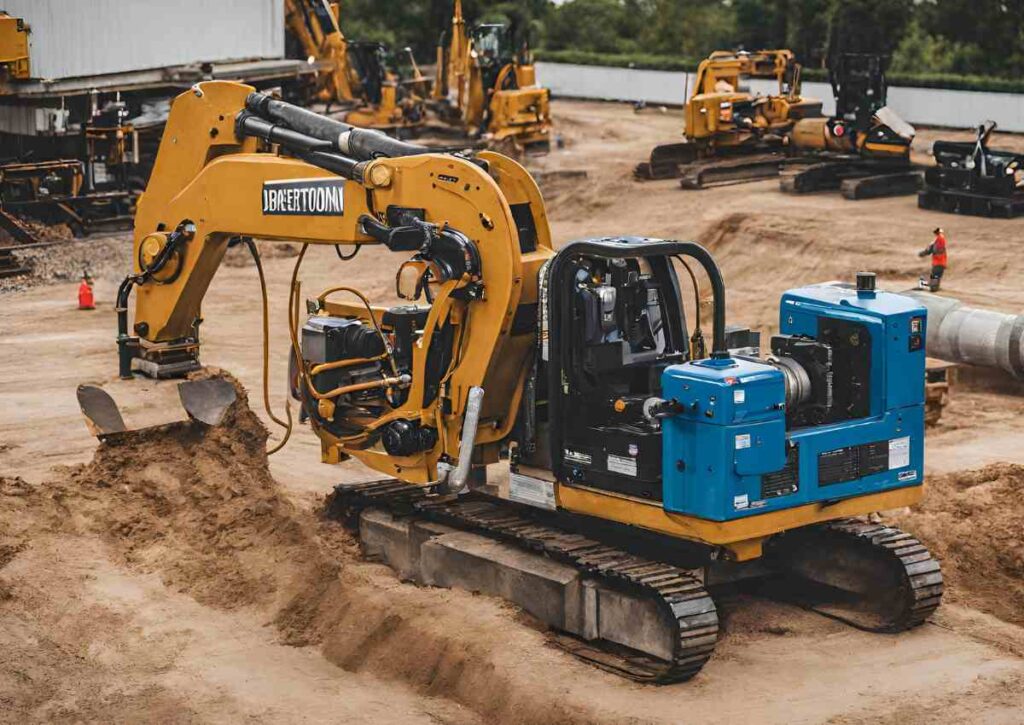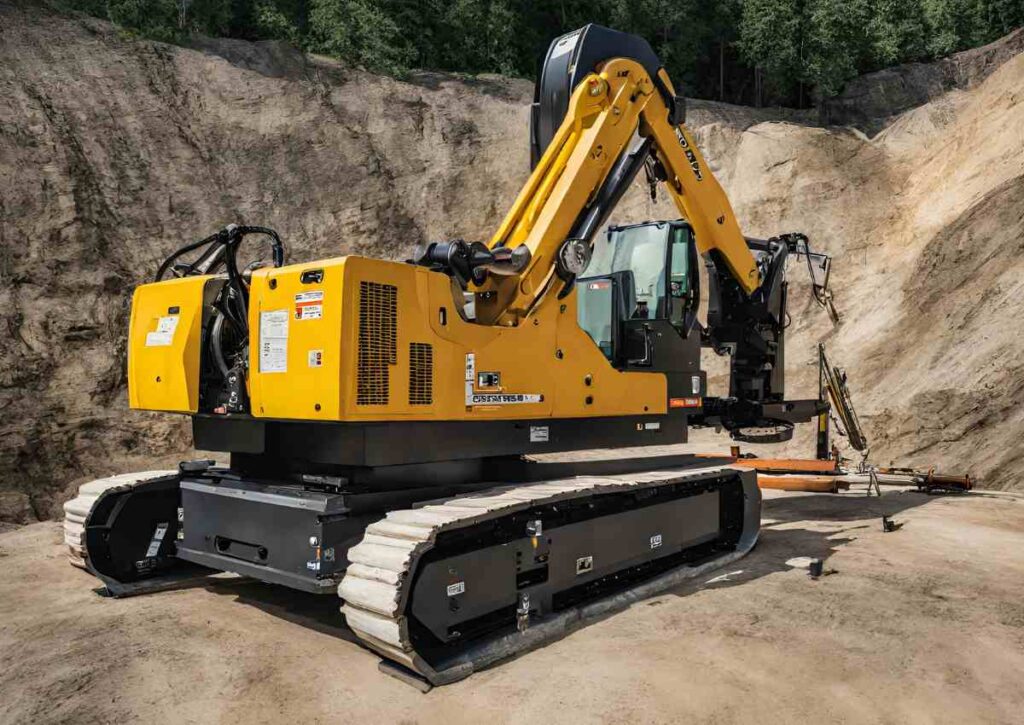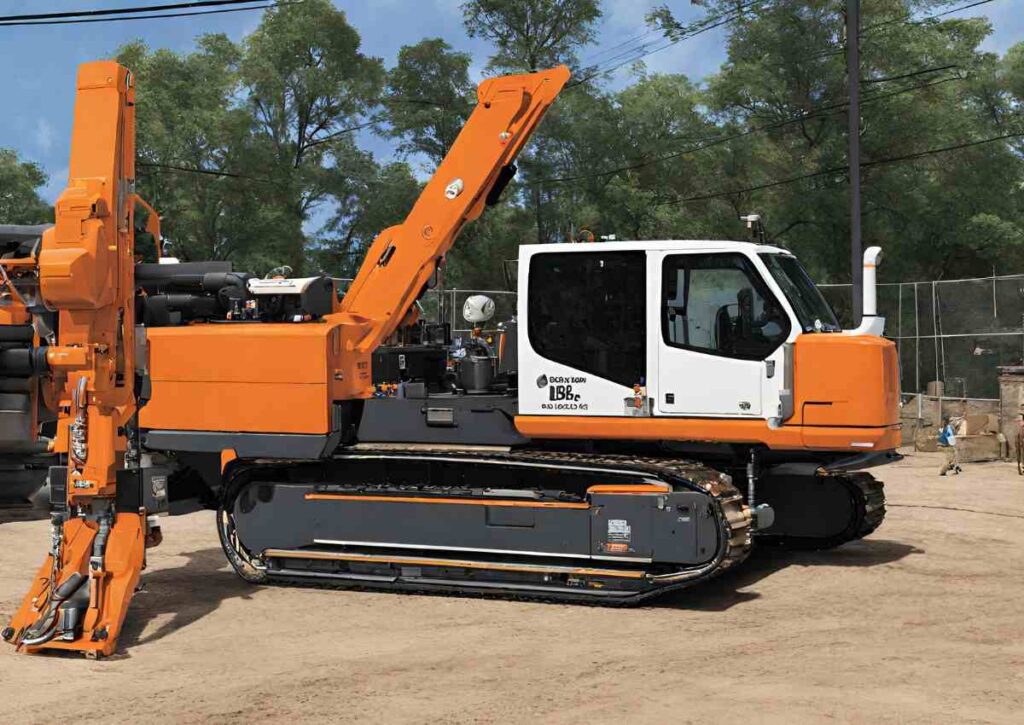In the realm of underground utility installations, the advent of directional boring, also known as horizontal directional drilling (HDD), has revolutionized the landscape.
This innovative technique offers a minimally invasive solution for laying pipes, conduits, and cables along specified underground paths, heralding a new era of efficiency and environmental sustainability.
Let’s delve deeper into the world of directional boring, exploring its applications, equipment, techniques, and the remarkable advantages it brings to the table.
Understanding Directional Boring
The Essence of Directional Boring
Directional boring involves the installation of underground utilities, such as pipes and conduits, through a shallow arc or radius using surface-launched drilling rigs.
This trenchless method minimizes surface disturbance and is particularly advantageous in scenarios where conventional trenching or excavating is impractical or undesirable.
Differentiating Terms: Directional Boring vs. Horizontal Directional Drilling (HDD)
While often used interchangeably, directional boring and HDD convey distinct scales and applications.
Directional boring typically pertains to smaller-sized drilling rigs and crossing lengths measured in hundreds of feet, while HDD refers to larger rigs and crossing lengths extending to thousands of feet.
Notably, directional boring can accommodate various pipe materials, including PVC, polyethylene, polypropylene, ductile iron, and steel, provided the pipe’s properties meet operational requirements.
The Three Phases of Directional Boring

- Pilot Hole Drilling: Initially, a small diameter pilot hole is drilled along the desired path underground.
- Hole Enlargement: The bore created during pilot hole drilling is enlarged to a diameter suitable for installing the intended pipeline.
- Pipeline Installation: Finally, the pipeline is pulled into the enlarged hole, resulting in a continuous underground segment with minimal surface disruption.
Suitability Across Varied Terrain and Soil Conditions
Directional boring is versatile, capable of navigating diverse terrain and soil conditions. It can traverse clay, silt, sand, and rock, making it suitable for a wide range of applications.
However, challenges arise in soil conditions with large grain content, excessive rock strength, or poor quality, necessitating careful planning and execution.
Equipment: From Small-Scale to Maxi-Sized Rigs

Small-Scale HDD Drill Rigs
For shorter and less complex crossings, smaller and more portable drill rigs are employed. These rigs offer thrust forces ranging from 5,000 to 100,000 pounds and are ideal for residential or small-scale projects.
Maxi-Sized Drill Rigs
For longer and more challenging crossings, larger tractor-trailer mounted drills come into play.
These robust rigs boast thrust forces exceeding 1,320,000 pounds, coupled with high rotary force capabilities, enabling them to tackle extensive projects with ease.
Tooling: The Key to Efficiency and Precision
Directional boring relies on a suite of specialized tooling to facilitate various operations, including pilot hole drilling, hole enlargement, and pipeline installation.
From drill bits and reamers to swab tools, each component plays a crucial role in ensuring the success of the bore operation.
Techniques and Applications
Urban Infrastructure Development
Directional boring finds extensive use in urban areas for developing subsurface utilities, offering a viable alternative to traditional open-cut trenches.
By minimizing surface disruption and traffic congestion, directional boring facilitates the efficient installation of telecom and power cable conduits, water lines, sewer lines, and more.
Environmental Safety and Compliance
The technique of directional boring prioritizes environmental safety and compliance, particularly in environmentally sensitive areas.
By minimizing surface disturbance and avoiding extensive excavation, it helps preserve natural habitats and mitigates the risk of soil erosion and contamination.
The Process Unveiled

- Preliminary Setup: The process begins with the excavation of receiving holes and entrance pits, allowing for the collection and reclamation of drilling fluid.
- Pilot Hole Drilling: A pilot hole is drilled along the designated path using specialized drilling equipment.
- Hole Enlargement: The pilot hole is enlarged to accommodate the installation of the desired pipeline, typically achieved through a process known as reaming.
- Pipeline Installation: The pipeline is pulled into the enlarged hole, guided by the drill stem, resulting in a seamless underground installation.
Locating and Guidance: Ensuring Precision and Accuracy
Accurate locating and guidance are essential for the success of directional boring operations.
Various techniques, such as walk-over locating systems, wire-line locating systems, and gyro-based systems, are employed to track and guide the drilling head beneath the ground surface, minimizing the risk of uncontrolled drilling and potential damage.
Conclusion
In conclusion, directional boring stands as a testament to innovation in underground utility installation, offering a versatile, efficient, and environmentally sustainable solution for a myriad of applications.
As technology continues to evolve, the potential of directional boring to reshape the landscape of infrastructure development remains boundless, paving the way for a brighter, more connected future.
FAQs
What is the Difference Between Directional Boring and Horizontal Directional Drilling (HDD)?
While often used interchangeably, directional boring typically involves smaller-sized drilling rigs and crossing lengths measured in hundreds of feet.
On the other hand, HDD refers to larger rigs and crossing lengths extending to thousands of feet.
The distinction lies in scale and application, with directional boring suited for smaller, more localized projects, and HDD reserved for larger, more extensive undertakings.
What Types of Utilities Can Be Installed Using Directional Boring?
Directional boring is versatile and can be used to install various utilities, including telecom and power cable conduits, water lines, sewer lines, gas lines, oil lines, product pipelines, and environmental remediation casings.
Its applications extend to crossing waterways, roadways, congested areas, environmentally sensitive areas, and places where other installation methods may be costlier or impractical.
How Does Directional Boring Ensure Environmental Safety?
Directional boring prioritizes environmental safety by minimizing surface disruption and disturbance.
Unlike traditional trenching methods, which can lead to habitat destruction and soil erosion, directional boring creates minimal impact on the surrounding environment.
By avoiding extensive excavation and surface disturbances, it helps preserve natural habitats, reduce soil contamination risks, and promote environmental sustainability.
What Are the Key Factors Influencing the Feasibility of Directional Boring?
Several factors influence the feasibility of directional boring, including soil conditions, terrain characteristics, project scale, and existing utility infrastructure. Ideal soil conditions for directional boring include clay, silt, sand, and softer rock formations, while challenging conditions may arise from coarse gravel, boulders, or excessively hard rock.
Additionally, careful planning and coordination are essential to avoid conflicts with existing utilities and ensure successful project execution.
How Does Directional Boring Ensure Accuracy in Pipeline Installation?
Directional boring employs advanced locating and guidance systems to ensure accuracy during pipeline installation.
Techniques such as walk-over locating systems, wire-line locating systems, and gyro-based systems enable precise tracking and control of the drilling head beneath the ground surface.
By accurately aligning the bore path and guiding the pipeline installation, directional boring minimizes the risk of errors and ensures efficient and reliable infrastructure development.
What are the Environmental Benefits of Directional Boring Compared to Traditional Excavation Methods?
Directional boring offers significant environmental advantages over traditional excavation methods.
By minimizing surface disruption, soil disturbance, and habitat destruction, directional boring helps preserve natural ecosystems and reduce the risk of soil erosion and contamination.
Additionally, its ability to navigate challenging terrain and sensitive areas without extensive excavation minimizes environmental impact and promotes sustainability in underground utility installation.
Also Read
Cotton Drill: Crafting Comfort With Precision









